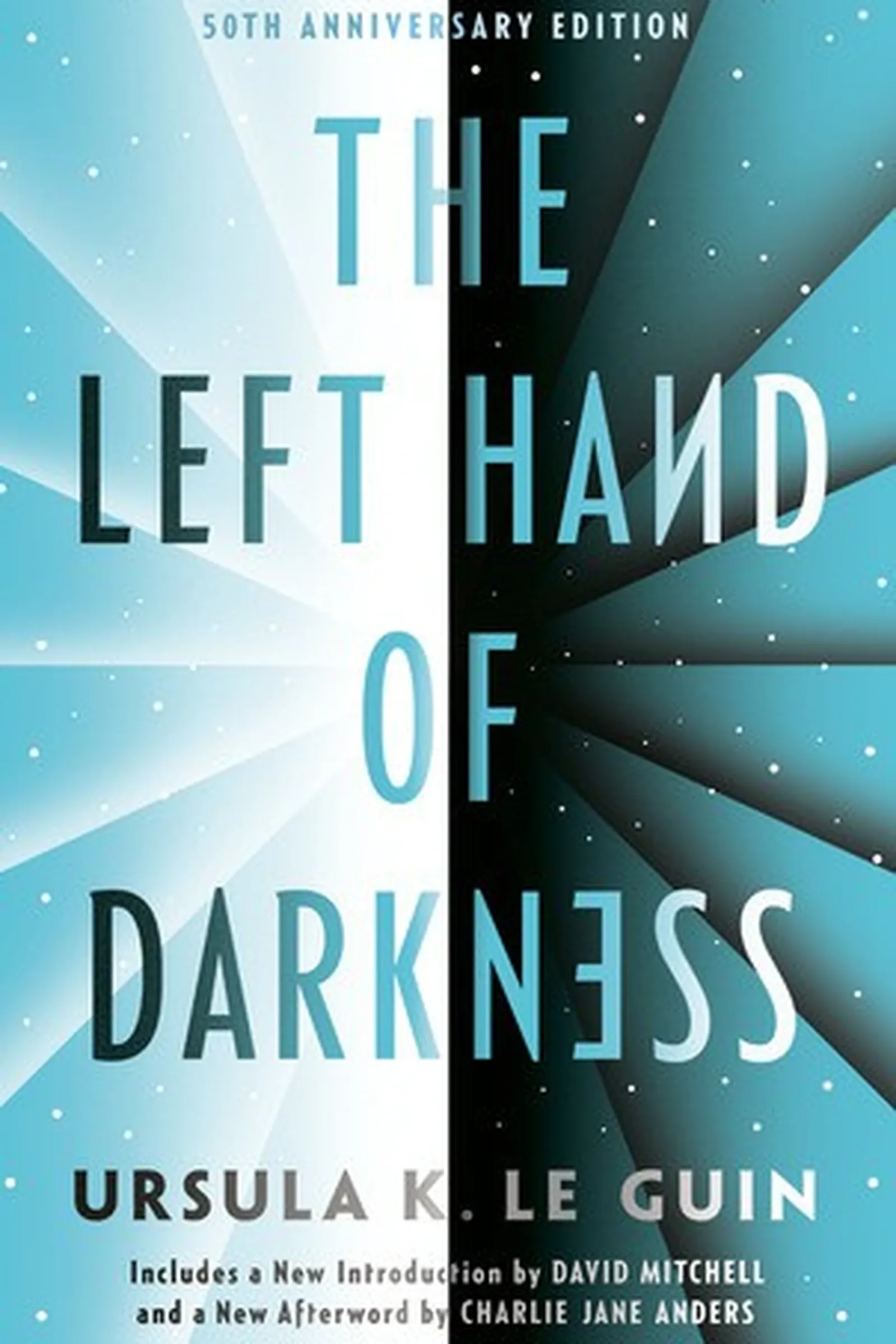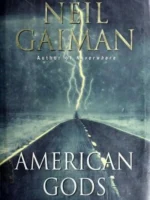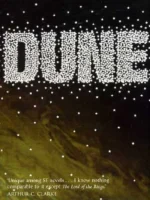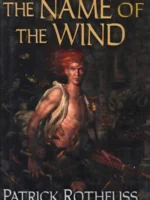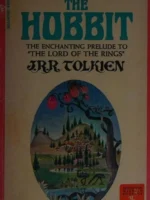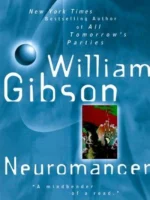The Left Hand of Darkness, Ursula K. Le Guin, 1969
- Author: Ursula K. Le Guin
- Genre: Sci-Fi/Fantasy
- Publisher: Ace Books
- Publication Year: 1969
- Pages: 304
- Format: Paperback
- Language: English
- ISBN: 978-0441478125
- Rating: 4,1 ★★★★☆
The Left Hand of Darkness Review
About
Published in 1969, Ursula K. Le Guin’s The Left Hand of Darkness is one of the most profound works in speculative fiction. Set on a frozen planet where gender is fluid, it fuses anthropology, politics, and spirituality into a meditation on what it means to be human. Le Guin’s prose is calm, crystalline, and deeply humane. The book broke new ground not just in science fiction but in how literature itself could imagine identity.
Overview
Envoy Genly Ai arrives on the planet Gethen to invite its nations into a galactic alliance. The Gethenians are androgynous—assuming male or female sex only during brief reproductive periods—making their society unfamiliar yet startlingly rational. Political suspicion greets Ai’s mission; his honesty and the locals’ caution collide in a slow, subtle game of trust. His uneasy ally, Estraven, a disgraced politician, becomes his lifeline as both men traverse an unforgiving ice world where survival demands cooperation beyond politics or gender.
Summary
(light spoilers) Genly Ai’s efforts to gain diplomatic traction fail amid intrigue and misunderstanding—his hosts cannot grasp his binary conception of gender, while he misreads their restraint as deceit. When Estraven is exiled for helping him, their fates intertwine. Betrayed, imprisoned, and forced to flee across the endless ice, Ai learns interdependence the hard way. The journey across the glacier—weeks of exhaustion, cold, and shared silence—becomes one of the most intimate depictions of friendship in science fiction. By the time they reach safety, mutual respect has replaced mistrust, and Ai finally sees Estraven’s world as whole. The ending, bittersweet and human, completes Le Guin’s experiment: empathy as the bridge between worlds.
Key Themes / Main Ideas
• Gender and identity — humanity beyond binaries.
• Trust and otherness — diplomacy as emotional as it is political.
• Survival and companionship — interdependence as moral truth.
• Power and restraint — strength expressed through humility.
• Coldness and warmth — external climate mirroring emotional evolution.
Strengths and Weaknesses
• Strengths — Luminous prose; quiet emotional intensity; world-building that feels anthropological rather than mechanical.
• Strengths — The ice-crossing sequence is one of sci-fi’s great allegories for connection.
• Weaknesses — Slow pacing and abstract politics can challenge impatient readers.
• Weaknesses — The philosophical tone overshadows action, though that’s precisely its design.
Reviewed with focus on themes, audience, and takeaways — Ursula K. Le Guin
| pa_author | Ursula K. Le Guin |
|---|---|
| ISBN | 978-1-731-53125-8 |
| pa_year | 1980 |
| Pages | 233 |
| Language | English |

